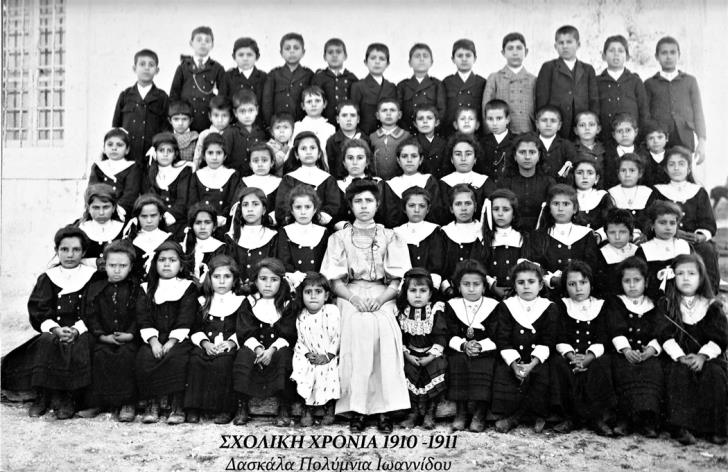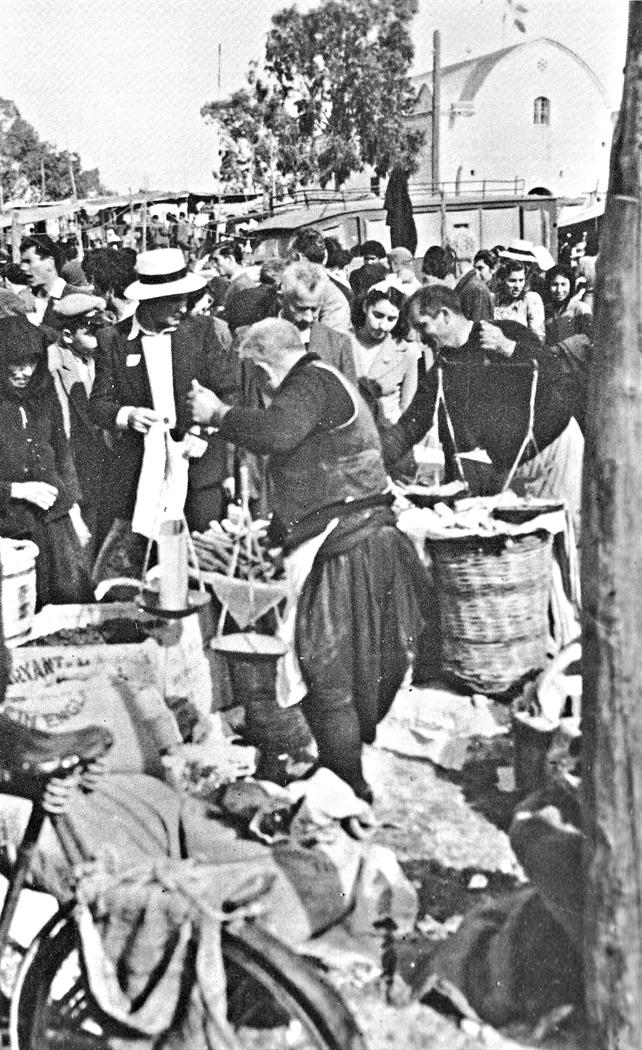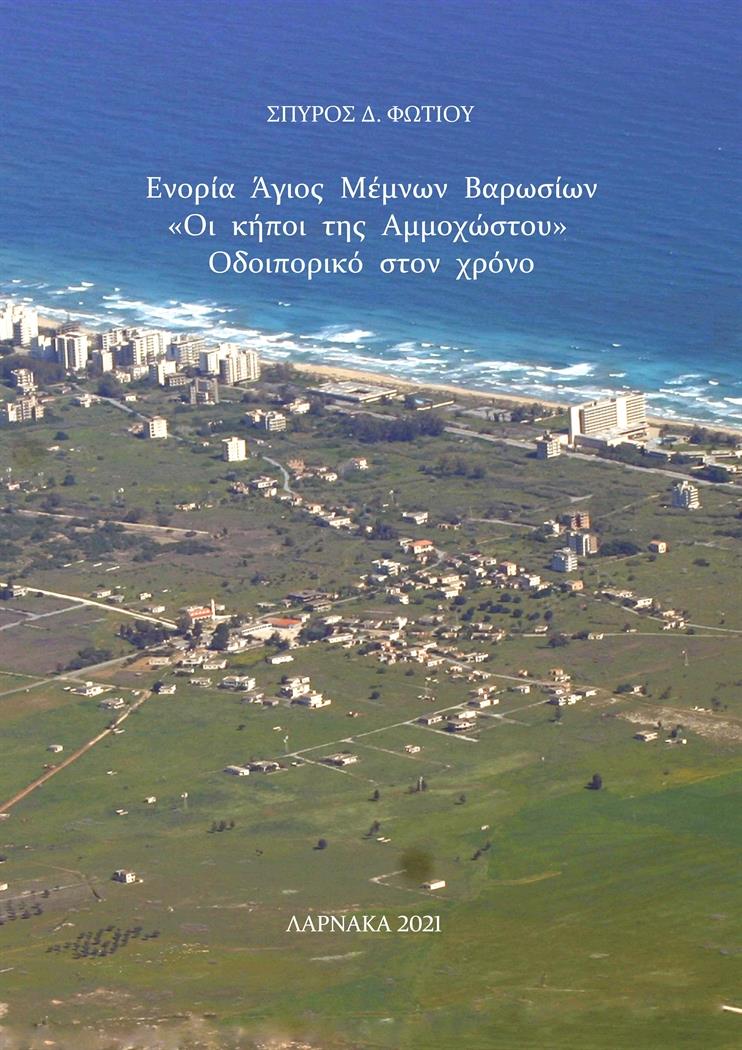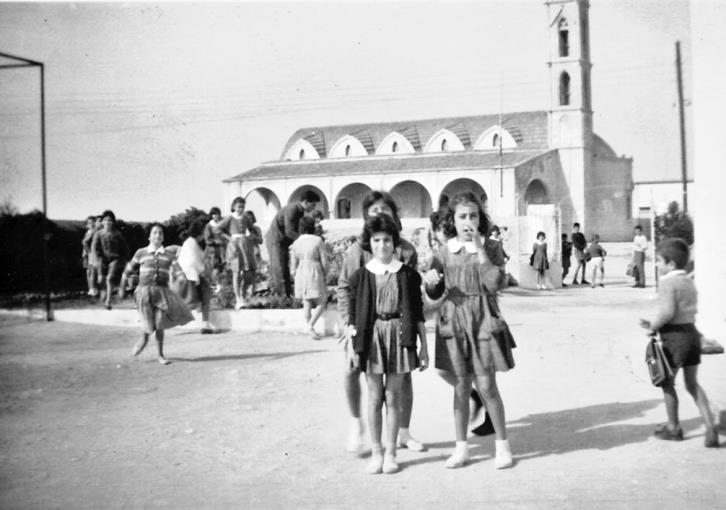«Parish of Agios Memnon Varosia - The gardens of Famagusta - A journey through time»
This is the title of the book of the former teacher and Principal of Secondary Schools of Cyprus, Mr. Spyros Fotiou, which was recently published. The fruit of many years of research, he carefully examines issues concerning the most idyllic parish of the city of Famagusta, which, in essence, was a vast orange grove, next to its magnificent sea.
As the author himself states in his work: "The parish of Agios Memnonos, an integral part of the" Queen of Famagusta ", faithfully followed the historical course of the city. Tucked away in the dense vegetation of orange and lemon trees, with its orchards and reservoirs, with its stone descents, with the windmills dominating, it was on the edge of a sea, which hugged you and you did not say to leave it. It was a fairytale place. Sparsely populated, with houses scattered in the lush gardens, next to the beautiful sea with clear crystal clear waters and its incomparable, natural beauty, beach, which as an ornament had its shells, bunches, lilies and immortals. The golden-yellow sand gave the reason to be named, deservedly, "the golden sand", not only by the locals but also by the foreigners ".

The parish has been inaccessible since 1974, as it is a military zone of the occupying forces, which have turned it into a "Skull place". The conquerors, in order to have a field of vision towards the free areas of Deryneia, have uprooted all the orange groves, causing a great environmental catastrophe, which escaped the attention of many bodies.
The main goals of the author were to gather as much information as possible could be found for its occupied parish, so as to assist in the preservation of our cultural heritage and especially in the preservation of the historical memory of the people who lived for centuries in this place. As he notes in his introduction: "In the parish of Agios Memnon there were neither ancient temples nor treasures. The real treasure was her beautiful nature and especially her people, who were tied to her, That is why the book deals with these two. First with nature and then with people. "With their problems and anxieties, with their strengths or 'flaws', with their struggle for survival, but also with their struggle for progress and prosperity."

Clear Monday 1960
The author's work was not at all easy, since all, or almost all the information was lost and the older inhabitants of the parish passed away. That's why he spent many hours in the various archives. Then, because he preferred the method of personal interviews, he searched and found the parishioners, who, it should be noted, are scattered in the four parts of free Cyprus and beyond.
Rare archival and photographic material
The book, which is 560 pages, is divided into seven parts and has rich photographic material, which makes it particularly appealing to the reader. It even presents some innovations and archival material unique in its kind, compared to similar works. For example, the author used for the first time, from the Archive of the Holy Archdiocese of Cyprus, "Nofousion", an inventory made in 1862, during the Ottoman Empire.
He presented the genealogical trees in the form of a blueprint and so through an A4 page the reader can easily, at a glance, be identified for each family. He located data and a map according to which he managed to capture every house of the parish that existed at the beginning of the twentieth century. He found from the Cartography Department of the Department of Lands and Surveys the aerial photograph of 1963 with the orchards of his parish and because, as he said, he could not bear to see them in black and white, he sent them abroad, to a special laboratory, to get their natural color.

1960 Festival
A treasure trove of memories in seven parts
In the first part, among others, the author presents his own view on the genesis of the various parishes of Varos, as well as the little information that exists about Saint Memnon, the patron saint of the parish. Negotiates the ecclesiastical issues of the parish, the education and the role of the parish during the Liberation Struggle of EOKA. It also refers to the "Association of the Youth Union of Agios Memnon", as well as to the festivals, customs and traditions of the parish. What stands out in this part is the development of the subject for the agricultural production of the parish, which is like a "dissertation".
The second part describes in detail the painful effort for the training of the genealogical trees of the occupied community. He resorted to the various archives, mainly of the Holy Archdiocese of Cyprus and it was then that he discovered Nofousion, which he called the "genealogical gospel". He even expresses the view that, with the discovery of Nofousios, a revision of the chronology of the Tax Stores should be made, which are attributed to the years 1820 and 1825.

In the third part they are registered the tables of the family trees, while in the next, the fourth, we find one of the surprises of the book, since describes, through a topographic map of 1909, each house and the family that lived in itThe. The map was edited and colored electronically to make it legible. It is located in the next part, the fifth, which is colored, together with the orchards of the parish, where the tanks and the orange trees can be seen.
The sixth part, the most important according to the author, saves the whole society of people who lived in the parish of Agios Memnon, until the tragic events of 1974. He walks in the parish, from street to street, from house to house and records who lived in it, their memories, their problems, their anxieties, so as to give a representative picture of life in the parish. What made us stand out, in this place, is the many wedding photos it contains and this is natural, since it was one of the few that survived. The same and in the last part, the seventh, the few photos from the classes of the Primary School of Agios Memnon were registered.
In conclusion, we would note that this work is a treasure trove of memories for the inhabitants of the parish and not only, but also an expression of the unquenchable desire to return to our ancestral homes.
philenews.com
